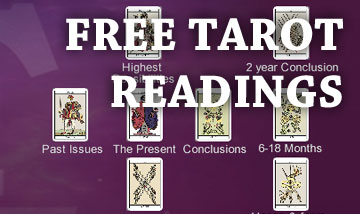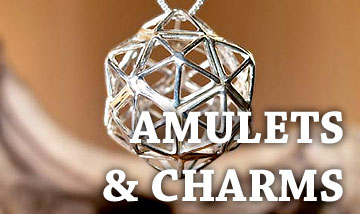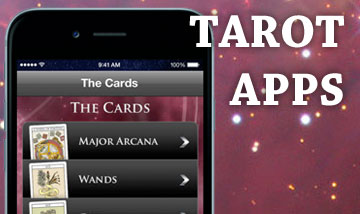Maya Calendars
The Maya civilisation used a number of calendars that linked together marking the movement of the Sun, Moon and Venus. They were mainly of a long count style based on a linear rather than cyclical type. The most well-known of the calendars is a ritual calendar called the Tzolkin Calendar.
The Tzolk'in Calendar
The Tzolk'in calendar is composed of 260 days. It uses 20 day names which work on a 1 to 13 cycle. The day names work in a sequence just like our modern day weekday names. The first day is called Imix and it is followed by Ik', Ak'bal, K'an, Chikchan,Kimi, Manik', Lamat, Muluk', Ok, Chuen, Eb, Ben, Ix, Men, Kib, Kaban, Etz'nab, Kawak, and Ahaw. It would start with Imix as the first, Ik' as the second and so on until Ben the thirteenth. Then it would be Ix which would start the numbers over again. Thus Ix would be the first, Men the second and so on. It would take 260 days for the cycle to return to Imix as the first.
The Tzolk'in calendar was of great significance to the Maya people. They believed that a person's date of birth affected them personally and spiritually. Also, more importantly, it determined their future place in society. The Tzolk'in calendar was also important in determining significant dates in Maya life, for example when sacrifices and ceremonies should take place. Day keepers and other religious figures would count forward from the beginning of each 20 day period to select which dates would be the most auspicious for communicating with the gods. They would then determine when each religious, ceremonial and sacrificial event would occur.
The Tzolk'in Calendar was used for spiritual and social functions. The Maya also had a calendar for a solar year (the time it takes for the sun to complete a cycle) which was known as the Haab Calendar.
The Haab Calendar
This calendar was used to measure a solar year. It did not have a religious purpose instead it was used more for agricultural, civil and administrative ones. It was similar to the Tzolk'an calendar in being composed of blocks of 20 days (uinals). The difference lay in the number of uinals these calendars used. The Tzolk'in used 13 which gave it 260 days in its cycle. The Haab used 18 thus resulting in it having 360 days in its cycle.
The Haab Calendar did not use individual day names instead each Uinal was classed with a month name. The names of each uinal or 'month' were:
1. Pop
2. Uo
3. Zip
4. Zotz
5. Tzec
6. Xul
7. Yaxkin
8. Mol
9. Chen
10. Yak
11. Zac
12. Ceh
13. Mac
14. Kankin
15. Muan
16. Pax
17. Kayab
18. Cumku
Days were counted within each month for example the day after 3 Zip is 4 Zip then 5 Zip and so on until 19 Zip. This was followed by 0 Zotz.
As we know from the modern calendar we use today a solar cycle is not made of exactly 360 days. Five extra nameless days called collectively the Wayeb were used. This period was felt to be quite an unlucky one. It was also referred to as 'days without souls'. This became a time for prayer and mourning with certain normal activities - such as eating hot food - restricted.
These 20 name days were grouped as a uinal and 18 uinals (roughly 360 days) were known as a tun; 20 tuns were called a k'tun and 20 k'tuns (roughly 144,000 days) were known as a b'k'tun. After about 1,872,000 days the calendar would be reset to zero. This was known as the Great Circle. The significance of 21st December 2012 is that it is the next reset date.
Further reading - The Maya Prophecy
On-Line Sources:
- Calendar descriptions: http://www.mayacalendar.com
- Tzolk'in and Haab Calendars: http://www.webexhibits.org
- General information: http://en.wikipedia.org
 DISCOVER TAROT ON iPHONE, iPAD AND ANDROID.
DISCOVER TAROT ON iPHONE, iPAD AND ANDROID.
Learn Tarot Card Meanings, what they mean when combined in a reading, test your knowledge in the Tarot Quiz and reveal what the future may hold with the Tarot Reading App.





